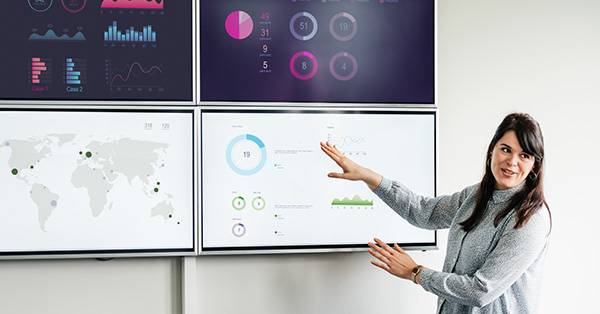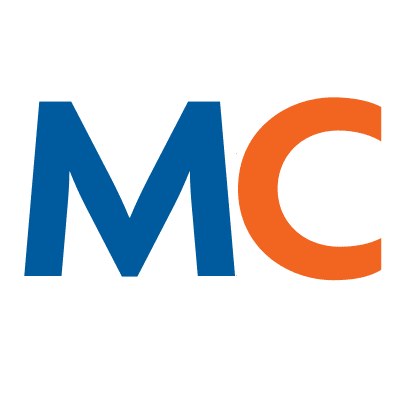- Solutions
- Solutions
- Home Health
- Hospice
- Life Plan Community
- Palliative Care
- Private Duty
- Senior Living
- Skilled Nursing
- Skilled Nursing
- Skilled Nursing Software
- Advanced Insights
- Customer relationship management
- Data and analytics
- Financial & operations management
- Marketing
- Nutrition management
- Referral management
- Regulatory compliance
- Retail management
- Resident engagement
- Revenue cycle management
- Skilled nursing interoperability
- Partners
- Blogs
- Resources
- About
- User Conference

Preparing for OASIS-E: Focus on your people and your operations
If you haven’t yet begun to prepare for OASIS-E, it’s time to get started. The updated assessment becomes effective on January 1, 2023 and is designed to give home health agencies an incentive to provide higher quality, more effective care. Reimbursement and outcomes will be directly affected by OASIS data collection. So, it’s important for your organization’s financial health that your organization is prepared to accurately reflect the patient status and condition. Here’s how to prepare your people, processes and technology to make OASIS-E a transition rather than a collision.
Prepare your people: assess, communicate and train
As with any asset, you need to proactively invest in and manage your staff to get the best possible results. That means determining your team’s current readiness for OASIS-E, and then providing the tools and training to get staff where you need them to be.
1. Assess your staff’s understanding of OASIS-E. This is your baseline, and you can measure against it going forward to determine your team’s progress. Many teams will already have a basic awareness of OASIS-E and what it means for your organization. And you might be surprised to find that many staff members have deeper knowledge of the changes and what they entail.
2. Communicate effectively and often—and listen actively. Explain what the changes are, when they will happen, and how you’ll support staff with training, tools and technology to successfully manage the change. Be sure to communicate in multiple ways, including text, standup meetings, in-service sessions, and email. Listen to your team’s concerns and invite their perspective and ideas about the best ways to improve processes and provide training.
Provide monthly updates to let your team know how things are progressing, any actions they need to take, and what they need to plan for in the weeks ahead. Last, but not least, don’t forget to communicate when the transition is complete—and don’t forget to celebrate!
3. Train staff so they can confidently embrace the change. Start with OASIS-E education and training on the regulation itself. You’ll also want to be certain your team knows how to effectively complete the required documentation. Changes in technology can also complicate compliance with new regulations, so if your technology vendor has released software enhancements to accommodate the new OASIS-E assessment, provide training to get your team up to speed. And if you make internal process changes, train your staff on the new processes to set them up for success.
Operational readiness: processes and technology
Planning to meet the regulatory requirements around OASIS-E requires attention to both processes and technology to ensure your readiness.
1. Conduct a comprehensive review of processes. While the OASIS-E change isn’t something you can control, consider it an opportunity to review all your operations, whether they’re related to OASIS-E or not. Can you make improvements to increase the efficiency and effectiveness of all operations?Engage your team to assist in the evaluation and review, and incorporate those changes as you prepare and train staff for OASIS-E.
2. Know your technology partner’s plan. While you can’t always control the timing of software releases, you must understand when and how your vendor plans to meet OASIS-E regulatory requirements. Remember, your EMR is simply a tool. It doesn’t automatically satisfy regulations or solve problems. To achieve compliance and problem resolution, your EMR needs to be applied appropriately. This means you’ll need the following information from your technology partner:
- When will OASIS-E enhancements be available?
- Will they provide training on the enhancements?
- Is a training and testing environment available to you?
- Where can users and clinicians log in to practice and set up configuration requirements?
- What does your organization need to complete to satisfy the regulations?
- Will ongoing support be available to ensure your organization is ready to meet the regulatory requirements?
If you don’t already know the answers to these questions, contact your EMR provider right away, so you can incorporate technology updates into your OASIS-E readiness plan.
Taking steps now to prepare your people and your organization will help minimize the impact of OASIS-E this January.
Additional Articles:
OASIS-E regulatory changes for 2023
Financial impact of OASIS-E and value-based purchasing
Request a consultation today for a closer look at MatrixCare.
See what MatrixCare can do for you
Jeremy Crow
Jeremy has been employed as the Director of Revenue Cycle Services since January 2020. He possesses extensive expertise in the Healthcare Information Technology field, specifically in Home Health and Hospice, spanning over 25 years. Throughout his career, Jeremy has collaborated with Fortune 20 and private equity companies, specializing in project management, training, consulting, custom technical services, and overall professional services operations. He has successfully overseen multinational teams, introduced new services, and facilitated the integration of acquisitions. Jeremy holds an MBA from Washington University in St. Louis and has been PMP certified since 2004.
Related Posts


See MatrixCare in action
Start by having a call with one of our experts to see our platform in action.
MatrixCare offers industry-leading software solutions. Thousands of facility-based and home-based care organizations trust us to help them improve efficiency and provide exceptional care.






